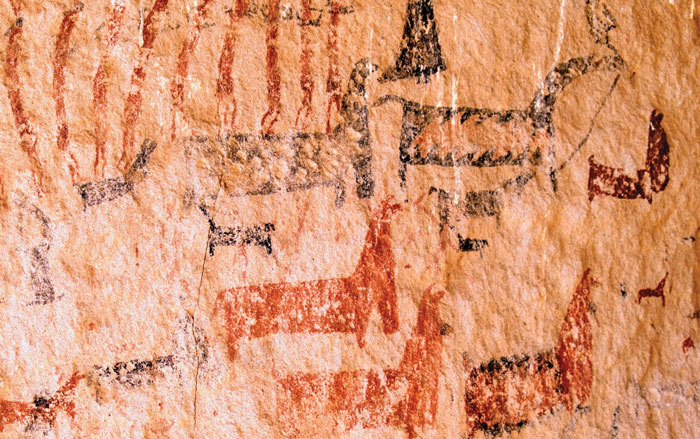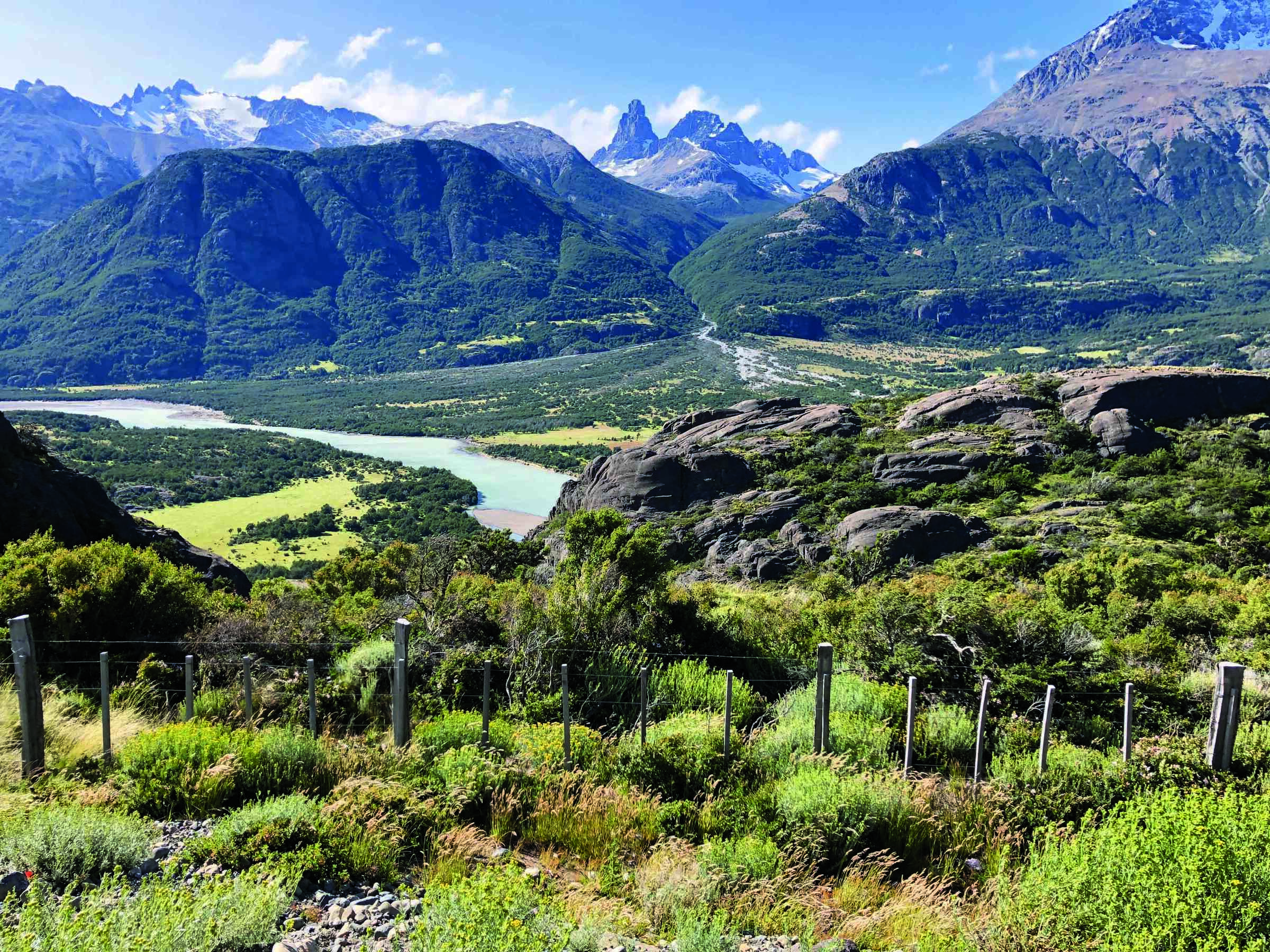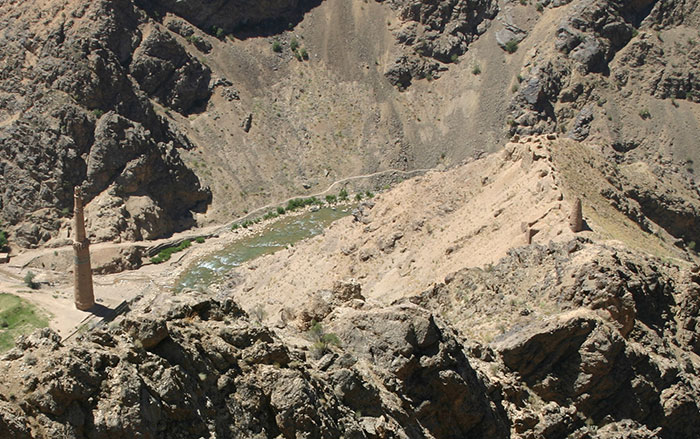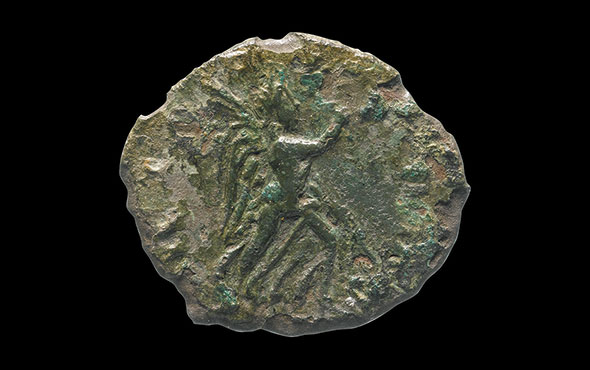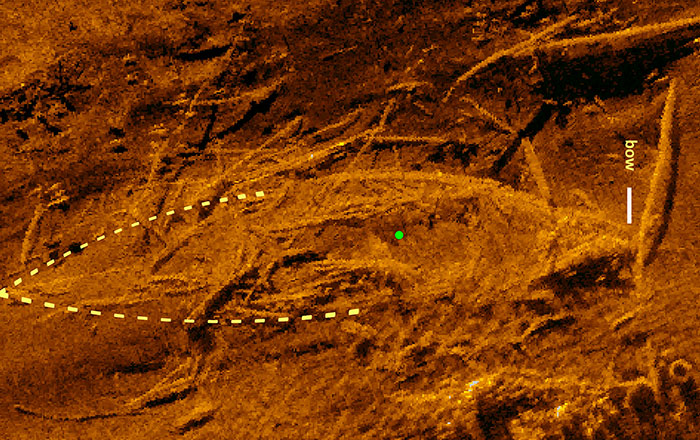
ITHACA, NEW YORK—Gizmodo reports that archaeologists examined 12,000-year-old mammoth footprints at New Mexico’s White Sands National Monument with ground-penetrating radar, and detected additional prints left by at least one human as well as giant ground sloth tracks that were not visible to the naked eye. Led by Thomas Urban of Cornell University and Matthew Bennett of Bournemouth University, the team first covered the mammoth prints with foam pads so that they would not have to drag the ground-penetrating radar device directly over the tracks. Urban and Bennett said the data indicates that a human walked north, and then the mammoth walked west, stepping on one of the human footprints. A human walking south, parallel to the earlier tracks, then stepped into one of the mammoth prints, all within a short time span. Bennett said the scans also revealed variations of pressure across the footprints. “It is this last bit which is perhaps the most important aspect,” he explained. “It is the equivalent to taking an extinct animal, bringing it back to life, taking it to the biochemics lab and getting it to walk on a pressure plate.” Read the original scholarly article about this research in Scientific Reports. For more, go to "World Roundup: New Mexico."



